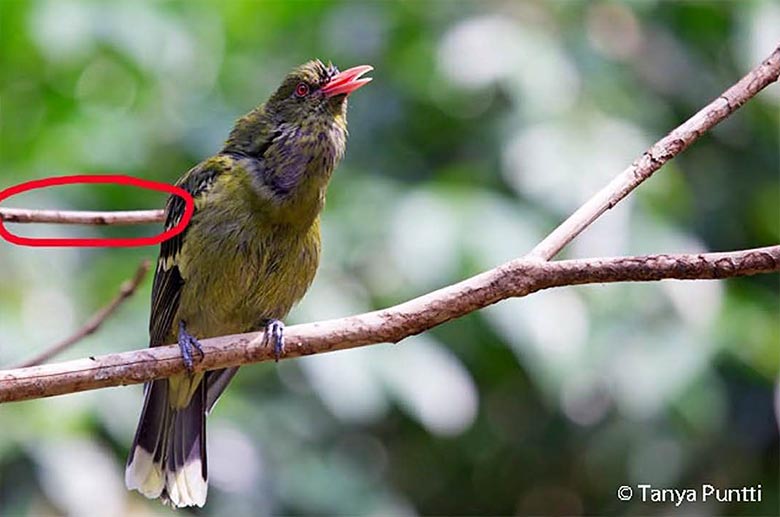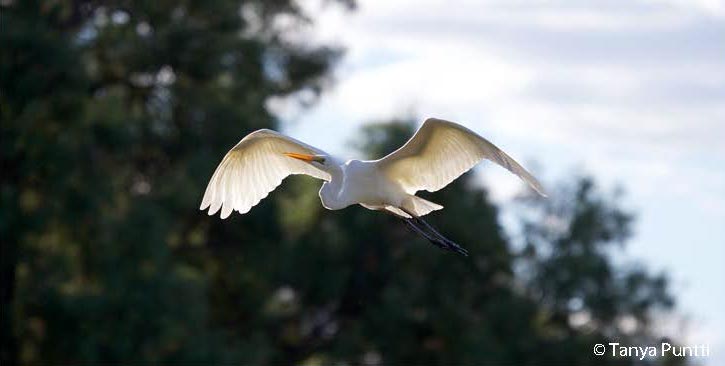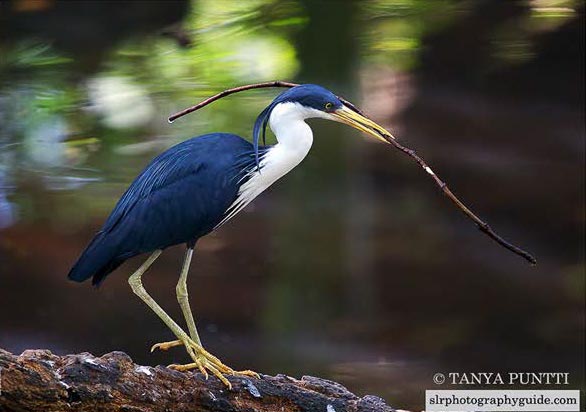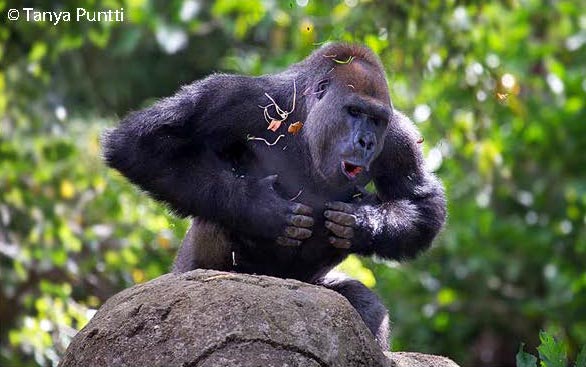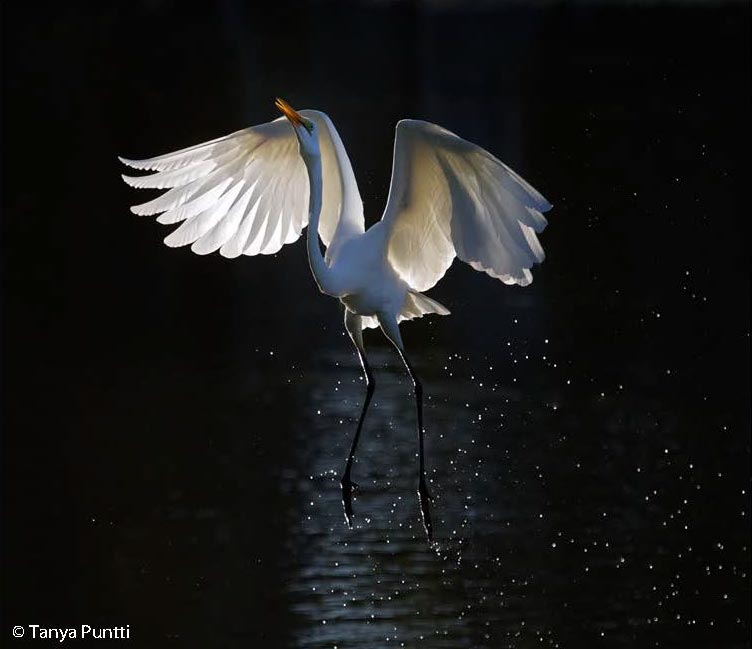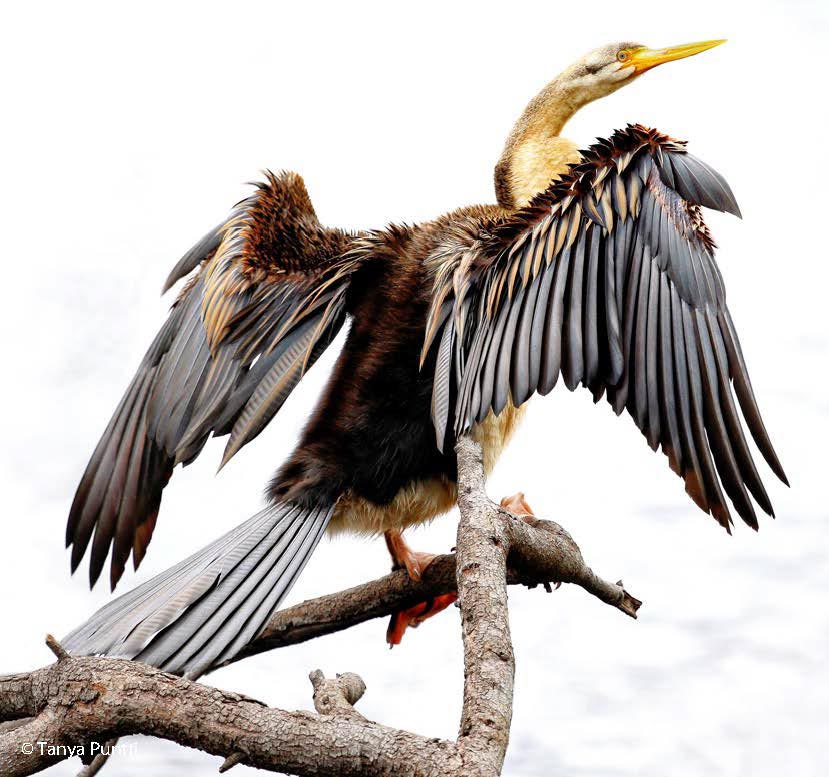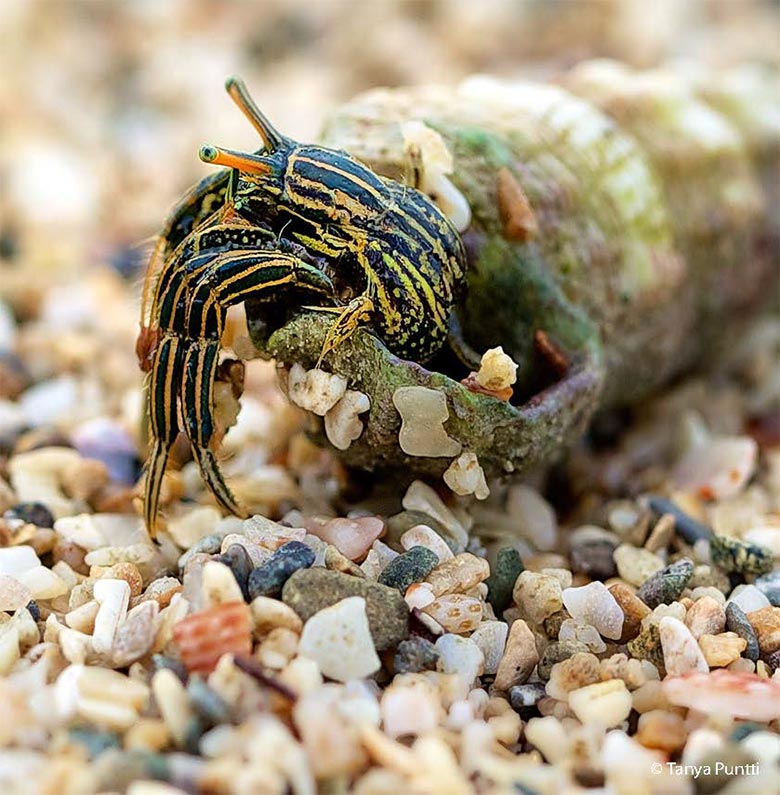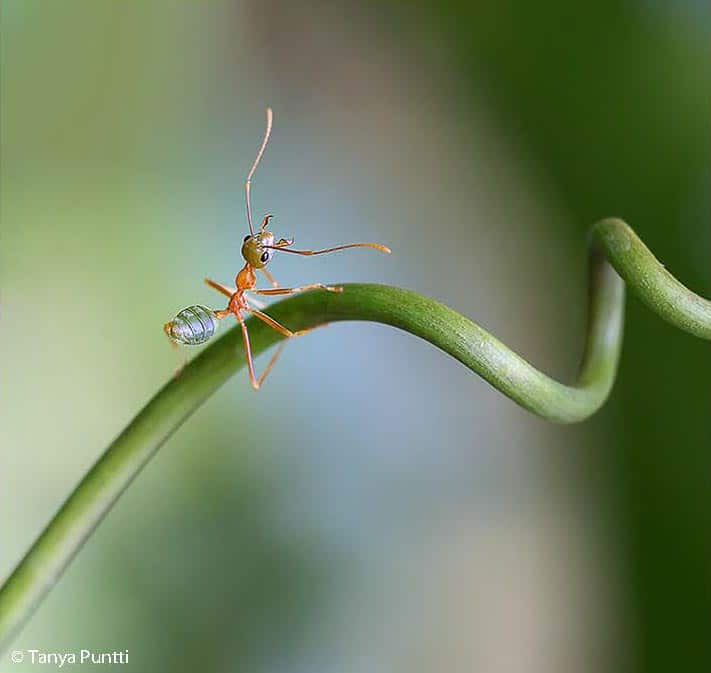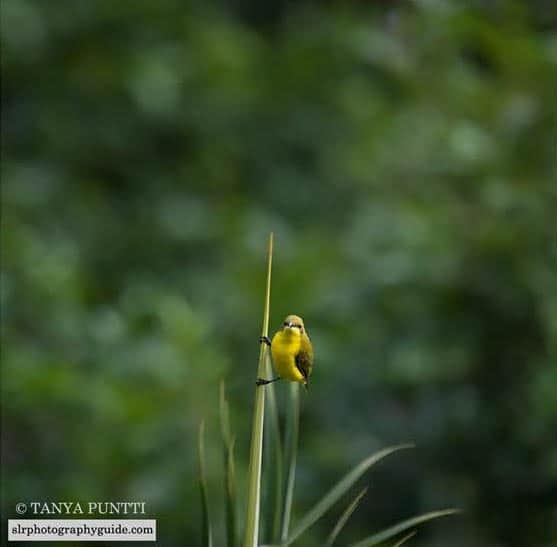Our best wildlife photography tip. Think background!
It doesn’t matter what you photograph, always look at the background when first looking through your camera rear view. Make sure the background compliments and doesn’t distract from the main subject. Things to look out for are trees, branches or power lines sticking out from the head or cutting through the body of the subject.
Often it’s just a matter of photographing from a slightly different angle. Keeping this in mind may save you hours of post editing later on.
It’s important to also consider the lens you are using and how it works in tandem with the aperture setting. For example, f/4 on a wide angle lens will result in the distant background having some form to it, even when shooting in close distance to the subject. Chances are, you won’t totally blur the background with a wide angle lens. However telephoto lenses such as 200mm onward, will blur the background. Keep in mind, even with a telephoto lens, the further away your subject, the less chance of background blur.
Point being, always consider your background before taking the shot.
Large birds move slower than smaller birds!
When first starting out in wildlife photography, practice on larger birds and animals. They usually require a much slower shutter speed. Their size makes them easier to focus on initially and they take less erratic flight paths.
Better still, position yourself so the wind is behind you. Birds taking off and landing into the wind are much slower in speed.
Wildlife and birds. Capture action shots!
With so many photographers capturing wildlife nowadays, simple portraits often don’t cut it. Take time to watch and know behavior patterns. Capture them running, flying or preening themselves. Set a fast shutter speed and be ready for that decisive moment.
For example, these two images above, a bird carry a stick to build a nest and a male gorilla having a Tarzan moment at the Melbourne Zoo, throwing some rubbish into the air and thumping his chest, would not have been possible without a fast shutter speed.
Study light and learn how to best use it to your advantage!
Chances are many of your favorite wildlife photography images come down not only to subject choice, but also the quality of light and the direction it’s coming from. Personally I love backlighting. There’s nothing more stunning than a dark background with sunlight shining through the wings of a bird.
Position yourself where you feel the light will be best for you in relation to your subject.
Wildlife Photography and Overcast Days!
Don’t let overcast grey skies and backgrounds keep you indoors. These are often my favorite times for wildlife photography. Use spot metering with a +1 or+ 2 exposure compensation and forget about the background.
Lower your viewpoint!
Get down on the same level as the subject. To achieve a foreground blur, use a telephoto lens with a low aperture number (narrow depth of field). This also works well with birds wading in water or walking through grassland.
Don’t overlook subjects in your backyard and neighborhood!
Working regularly in one place, such as your backyard or a local botanical garden has its advantages. Not traveling too far allows you to shoot more often, which in turn means you’ll have a greater understanding of the behavior patterns of your subject.
The more you watch certain animals the more you will understand their movements and the better your wildlife photography will evolve. We have noticed that a click of the fingers will stop some creatures in their tracks. A grunt, whistle, snort or screech will make others turn their heads toward the noise. Tap a caterpillar on the head and they will protrude feelers from their skull.
The more you watch certain creatures the better you will be able to photograph them.
Be persistent!
Many presume wildlife photographers are patient. They’re not, they’re simply persistent.
I photographed this tiny sunbird that comes into my backyard for a couple of weeks until one day she looked directly at me while perched on the perfect piece of grass. I had already taken hundreds of photos and any one could have been used in the project I was working on, but this was the one I was waiting for.
Persistence certainly paid off in this example.
Break the rules!
I recently visited a Wildlife Photographer of the Year Exhibition and noted that many did not play by the “rule of thirds” when it came to composition. Generally speaking, the rules are there for good reason. However don’t be afraid to throw the rule book away and go with your gut feeling as well.
Back up your very best images to three separate hard drives!
One thing I’ve learned over the years is that when it comes to wildlife photography, you get no second chance at that perfect shot. Animals don’t do re-takes!
Don’t get caught losing precious images that are laying on your computer. You never know when your computer will fail, get hacked or crash for some simple reason. Your work flow should include backing up as an important step. Today external hard drives are relatively inexpensive and the cloud is also becoming a popular option. Save yourself a lot of tears. Good images are priceless.
Sign-up for our online photography course and learn how to master your digital camera in easy to understand “at your own pace” lessons.
Click here for more information and sign-up details.
